
Snow leopard
Take a long drive (or in my case, an interminable bus ride at the end of a subway line) north of Toronto and you eventually come to the zoo. Thus despite the name this is not a city zoo but one very much out in, and even beyond, the suburbs (wild turkeys were present alongside the bison for example). As such it’s a very large zoo, which is always nice when it means that the larger animals have a lot of space but be prepared for a good workout with some decent hills thrown in too.
One nice hallmark of the zoo was the extensive collection of ‘local’ species – groups of both prairie bison and the wood bison subspecies (your definitions may vary), moose, bobcat, wolves, polar bear, snowy owls and Arctic fox (a new species for me) and others were all present and correct. Indeed, the polar bears were about as well kept as I’ve ever seen and one in particular was taking great delight in sliding down the snowy banks of the hill in its enclosure and rolling around in the snow. Much as LA Zoo makes great use of the local weather to keep lots of tropical species outside, Toronto does well in the same vein with cold weather species with things like snow leopards and ibex in addition to the Canadian animals.

Giant African soft-shell
They do though also have lots of more ‘traditional’ species and it’s rather neat to see white lions, rhinos and hyenas in the snow. Of particular interest though were the several walk-through tropical and temperate houses that had some especially neat animals. One house was linked to various species that had access inside and out including relative locals like beaver (sadly not visible) and grey shrike. It was especially cool to see the extremely rare black footed ferret though this spot was tempered somewhat by the fact that it was only visible as a sleeping ball of fluff.
I also got to tag some other species that have loomed a long time on my list of animals I wanted to see. First off was a pair of wombats which were everything I’d wanted and even were good enough to move around a bit and nearby in the Australian section were some galah cockatoos which was neat to see too. Sadly, the allegedly existing but not actually visible short-beaked echidna repeated the trick of it’s conspecific in the Berlin Tierpark and was underground and invisible.

Tentacled snake
On the upside though I did get two more stellar reptiles and both in the larger walk-through house that included pygmy hippos, crocodiles and numerous birds. First off a tentacled snake which was kind enough to sit near the glass allowing me to get a decent photo of this essentially aquatic animal. The second was another aquatic specialist, an African soft shelled terrapin. It was a huge one and much larger than I’d expected and was sat out on the bank but did extend and retract its neck which was fascinating to watch.
All in all, it’s a very good zoo, but be prepared for a long day and a decent hike. Even skipping some of the more distant parts of the zoo will still involve a healthy bit of exercise but it’s a great collection and, rarely, one that is very rewarding to visit in the deep of winter.

Wombat!
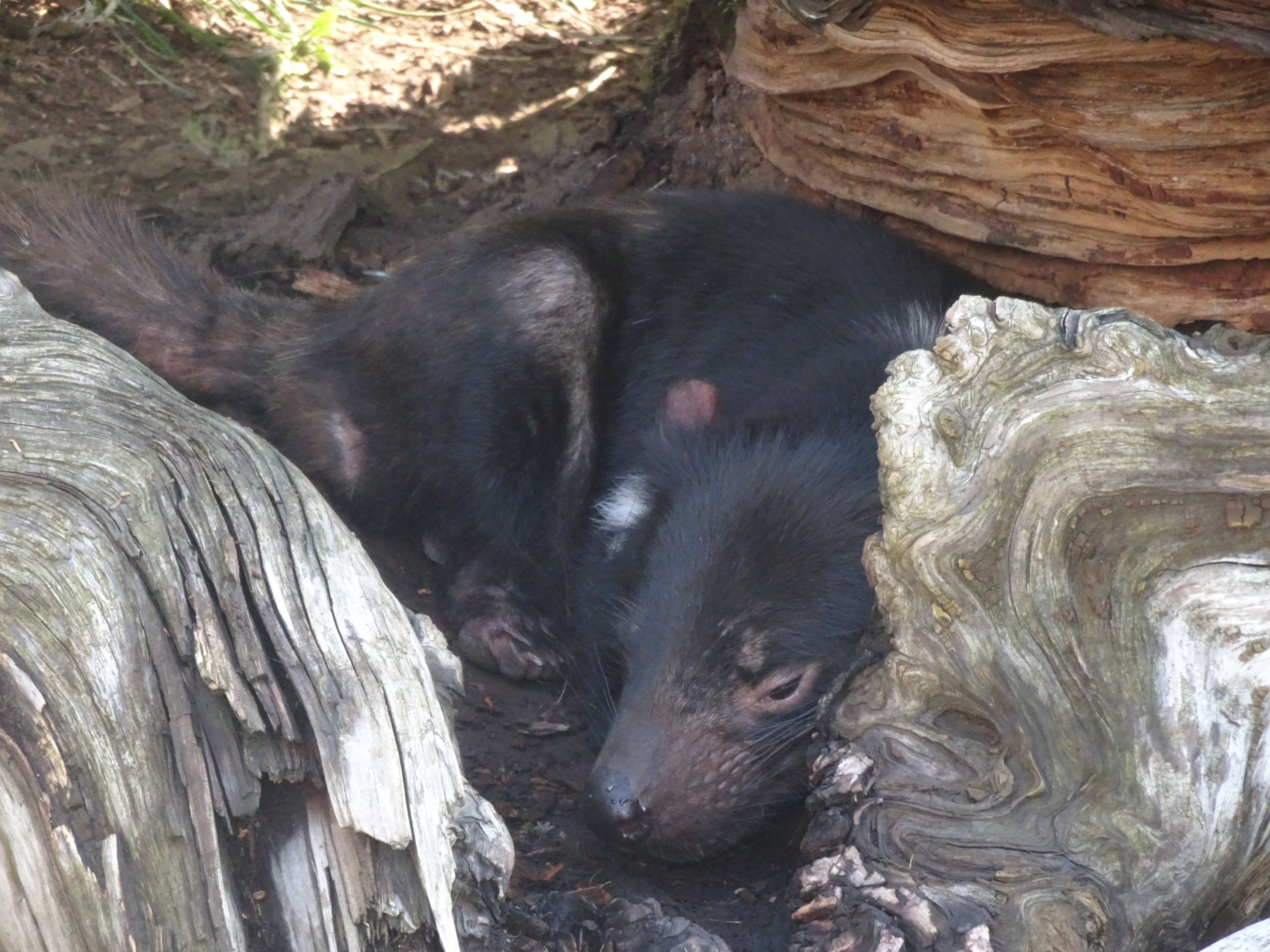

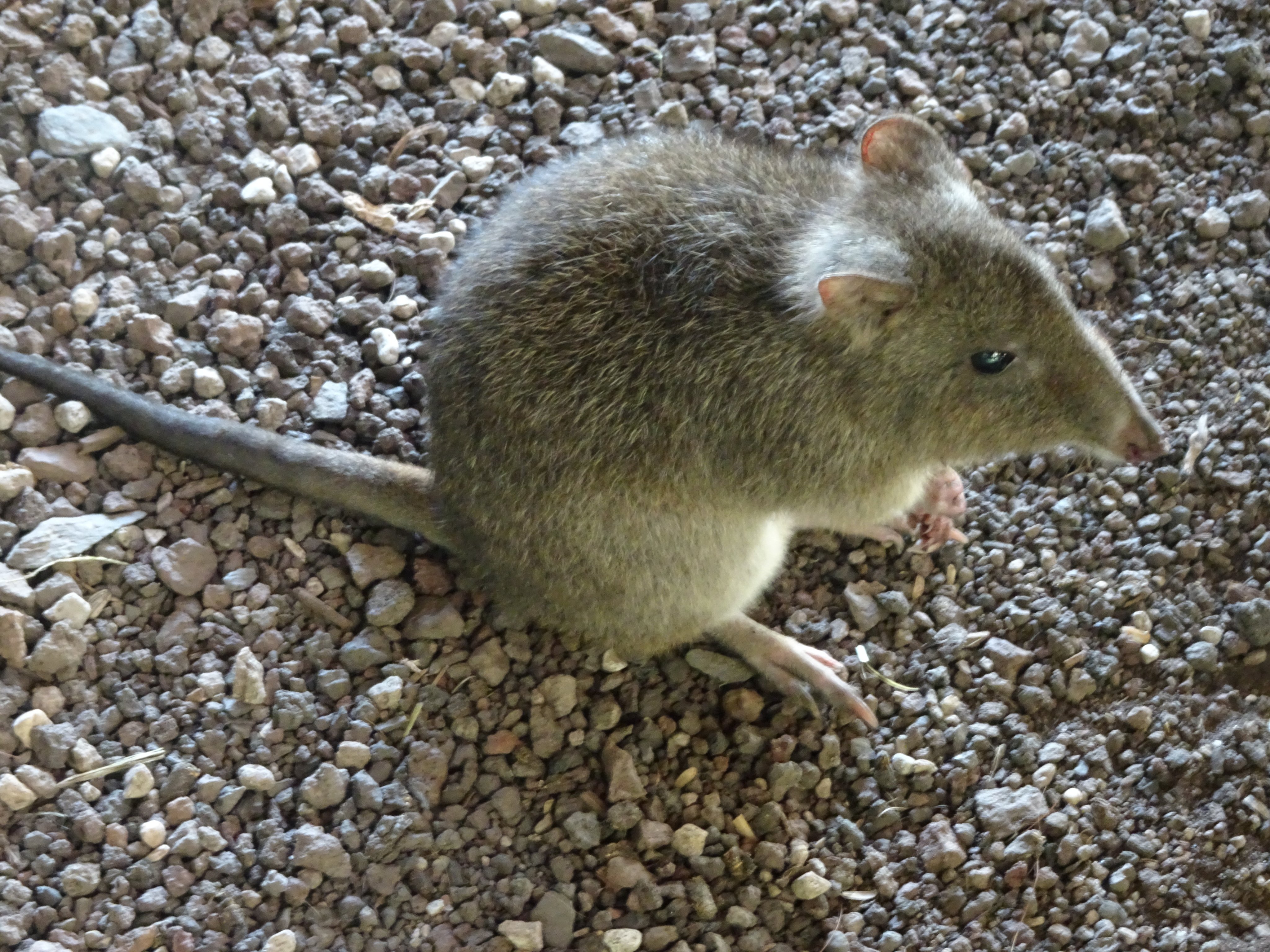

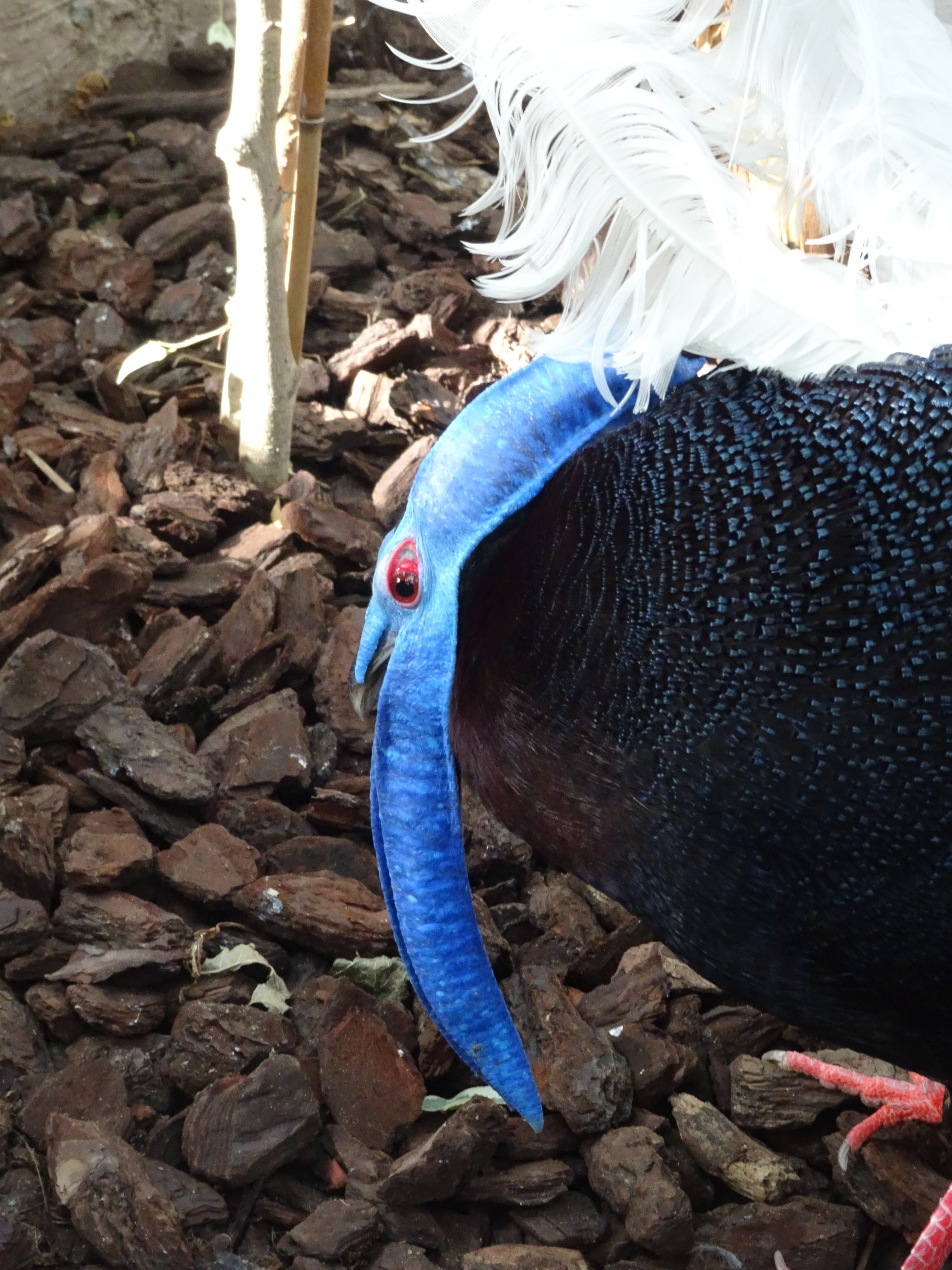




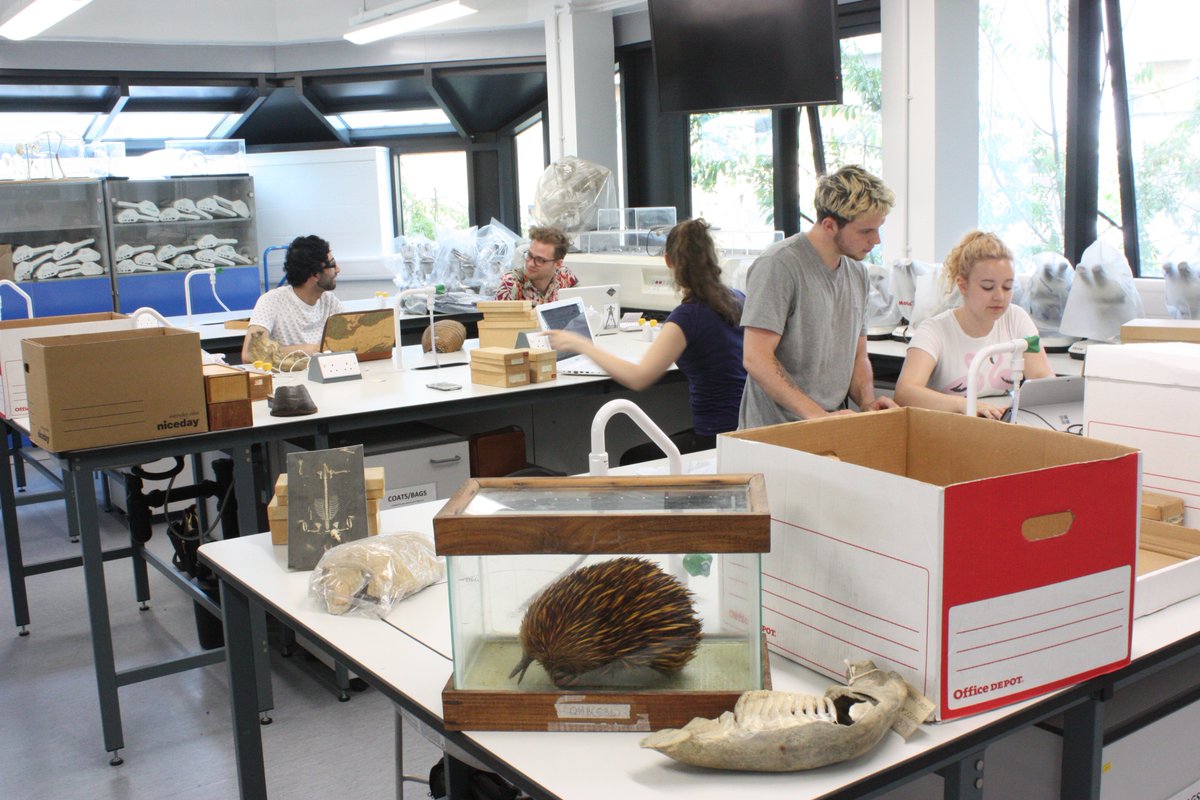












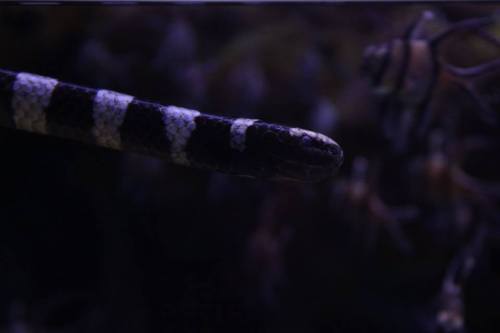







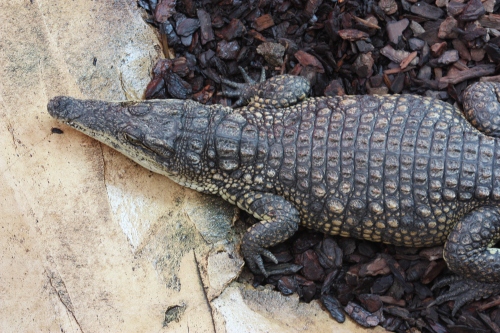












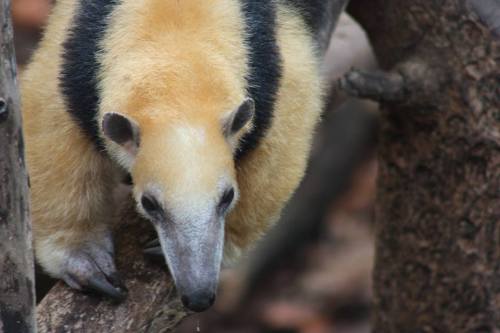




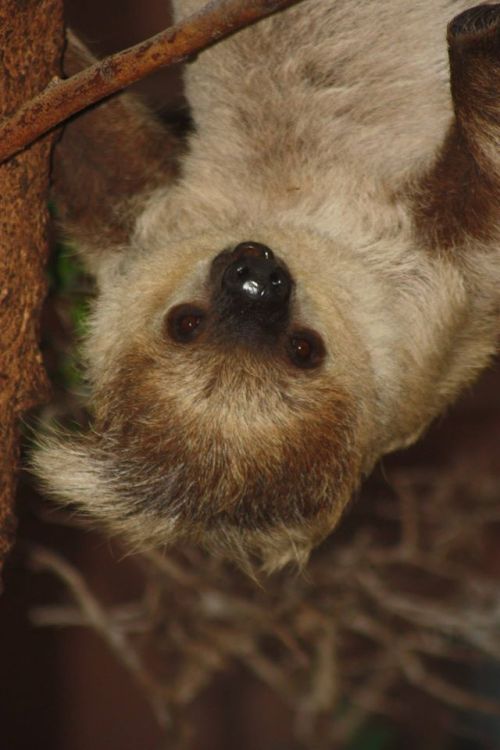



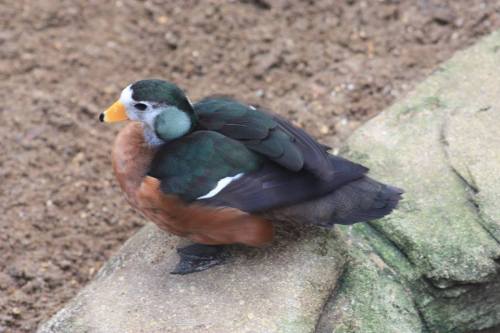






Recent Comments